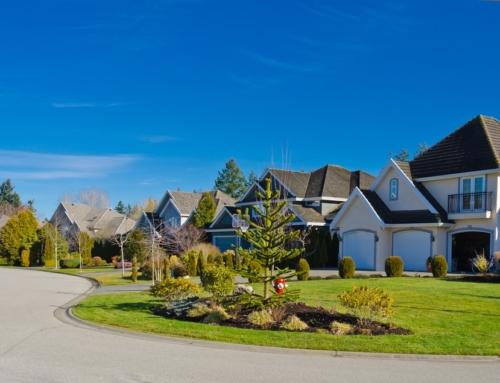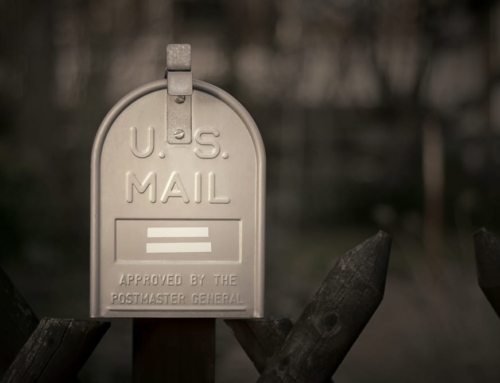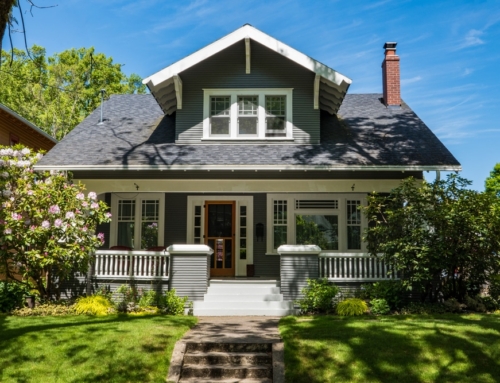If you’re like many Americans, you’ve got one thing on your mind right now: How low will they go?
Mortgage interest rates have been dropping steadily all year, a trend many mortgage experts believe will continue into 1998. The low rates have helped spur the largest rally in home sales ever. This year, more than 4 million existing homes will be sold, many to first-time home buyers who, without low interest rates, couldn’t begin to qualify financially.
But the big news now is the refinancing activity in the marketplace. According to David Lereah, chief economist of the Mortgage Bankers Association of America, refinancing activity currently accounts for approximately 57 percent of all mortgage originations.
In other words, nearly two-thirds of everyone applying for a loan wants to refinance. That’s double the normal amount of refinancing activity, experts say.
But as the home buying market slows down for the end of the year, some lenders are seeing an even higher level of refinancing activity. Dick LePre, a mortgage broker with HomeOwners Finance Center in San Francisco, says 80 percent of his business is refinancing. He expects that level to continue until the new wave of home buying hits in early Spring — unless interest rates take a temporary jump.
So is now the time to refinance? That depends on the interest rate your loan currently carries. If you’re still one of the few who carry an interest rate above 8 percent, then you should get your head out of the sand and start the refinancing process today. If your loan carries an interest rate between 7 ½ percent and 8 percent, you’ll have to carefully evaluate the numbers to see if refinancing activity works for you. If your loan’s interest rate is less than 7 ½ percent, wait to see if interest rates drop further in the new year before making a move.
Here are the answers to some of the most popular questions about refinancing:
–How much does it cost to refinance?
Typically, lenders charge an application fee, appraisal fee, and a credit report fee, plus discount points and other closing costs. But the market is competitive right now, so most lenders are cautious about overcharging. Still, these fees help the lender build in profit, so some of them will be built into the loan.
Another option is to refinance with a no-point, no-fee loan. A no-point, no-fee loan means you pay nothing out of pocket to close on your refinance. However, the interest rate will be higher than on a loan where you pay some closing costs and fees. According to LePre, the difference between no-point, no-fee loans and regular loans depends on the size of the loan. A no-point, no-fee conforming loan (less than $214,500) might carry an interest rate 0.375 percent higher than if you paid closing costs and fees.
–Which way should I go?
How long you plan to stay in the home is an important part of this decision. If you’re only going to stay in your home 2 to 5 years, it may not make sense to pay points or fees, which cannot be deducted off your federal income taxes. (You can deduct points but not fees if you’re purchasing a home.) In that case, you’re better off taking the higher interest rate and paying no cash out of pocket. If, however, you’re going to stay in your home a longer period of time, you have to work out how long it will take you to “pay off” the points and fees with your refinance savings.
The bottom line: You have to run the numbers. When you call to interview prospective lenders, have them fax you a sheet that contains all of the points and fees they’d require you to pay for a refinance plus the interest rate the loan would carry. Then have them fax you their best no-point, no-fee loan package.
–Are interest rates higher if you do a cash-out refinance?
A cash-out refinance means you take out a new loan that is larger than your old mortgage. In other words, you cash out some of your equity.
If you get a loan of less than $214,500, and your loan-to-value ratio is less than 75 percent, then typically you won’t pay more to cash out some of your equity. On a jumbo loan greater than $214,500, your interest rate might be a 0.25 percent higher if you cash out than if you simply refinance for the balance of your loan.
–I’m in the 12th year of paying off my loan. Does it make sense to refinance?
If you got your loan in 1985 or 1986, your loan probably carries an interest rate of around 10 percent, unless you got your lender to streamline your loan back in 1993. That means you’ve paid a lot more in interest than you had to.
On a $100,000 30-year fixed rate loan at 10 percent, you’re paying $877.57 per month. Twelve years after getting that loan, you’ve paid more than $114,000 in interest but still owe $87,771.36.
But you can still save. Try to refinance your current loan balance for the shortest amount of time possible, say 15 years or even 10 years. Today, you can get a 15-year, no-point, no-fee loan in the neighborhood of 7 ¼ percent. If you take out a $90,000 loan, your monthly payments drop to $821.58, a savings of $56 per month, or $10,078 over the life of the loan. And, you’ll still pay off your loan 3 years sooner than if you stayed with your old loan. If you take your $56 monthly savings and prepay your loan, you’ll save even more.
–Is it still possible to close on a refinance before the end of the year?
Just barely. Most lenders are overwhelmed with applications. Rick Bechtel, of Chase Manhattan Mortgage in Chicago, says he receives dozens of new inquiries each week. And though lenders claim they close on your loan in two weeks, the reality is everything moves a bit slower this time of year. Prepare for your closing to take longer than you’d like.
If you want to close before the end of the year, make sure your paperwork is complete before you step through the lender’s door. The biggest mistake people make when refinancing is not realizing that timing is always the issue.






Leave A Comment